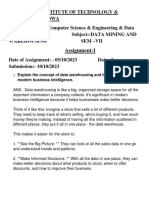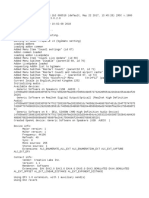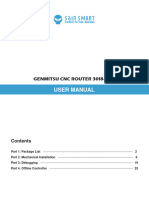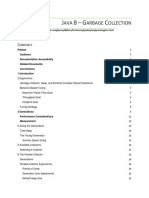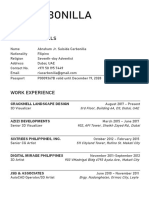0% found this document useful (0 votes)
3 views14 pagesData Mining Paper Solution
The document provides an overview of key concepts in data management, including metadata, Bitcoin data mining, data mining vs. big data, and data warehouse implementation. It discusses various data warehouse architectures, types of clustering in data mining, and the KDD process, along with popular data mining tools. Additionally, it highlights the applications of data mining in different sectors and emphasizes the importance of clustering for understanding data structures.
Uploaded by
Gauravmahawar MahawarCopyright
© © All Rights Reserved
We take content rights seriously. If you suspect this is your content, claim it here.
Available Formats
Download as PDF, TXT or read online on Scribd
0% found this document useful (0 votes)
3 views14 pagesData Mining Paper Solution
The document provides an overview of key concepts in data management, including metadata, Bitcoin data mining, data mining vs. big data, and data warehouse implementation. It discusses various data warehouse architectures, types of clustering in data mining, and the KDD process, along with popular data mining tools. Additionally, it highlights the applications of data mining in different sectors and emphasizes the importance of clustering for understanding data structures.
Uploaded by
Gauravmahawar MahawarCopyright
© © All Rights Reserved
We take content rights seriously. If you suspect this is your content, claim it here.
Available Formats
Download as PDF, TXT or read online on Scribd
/ 14




































